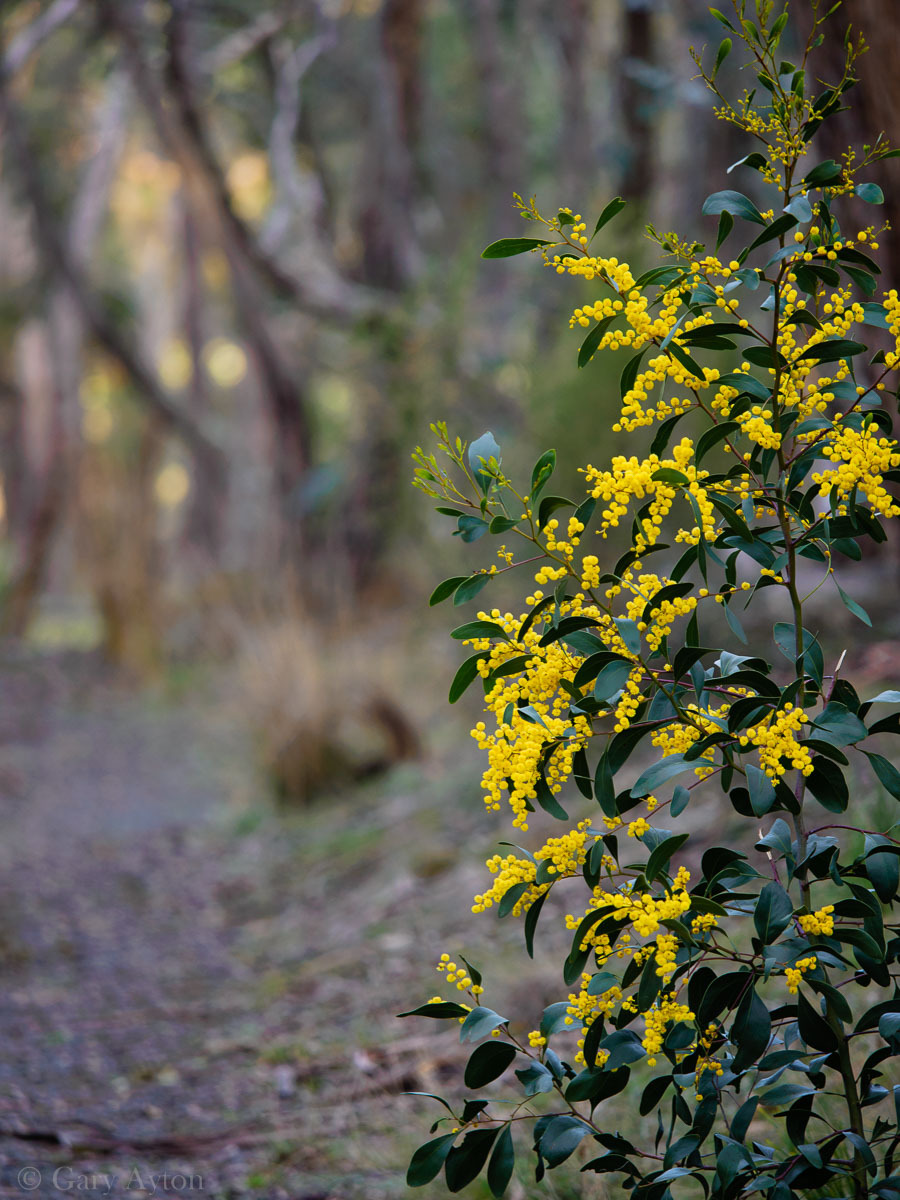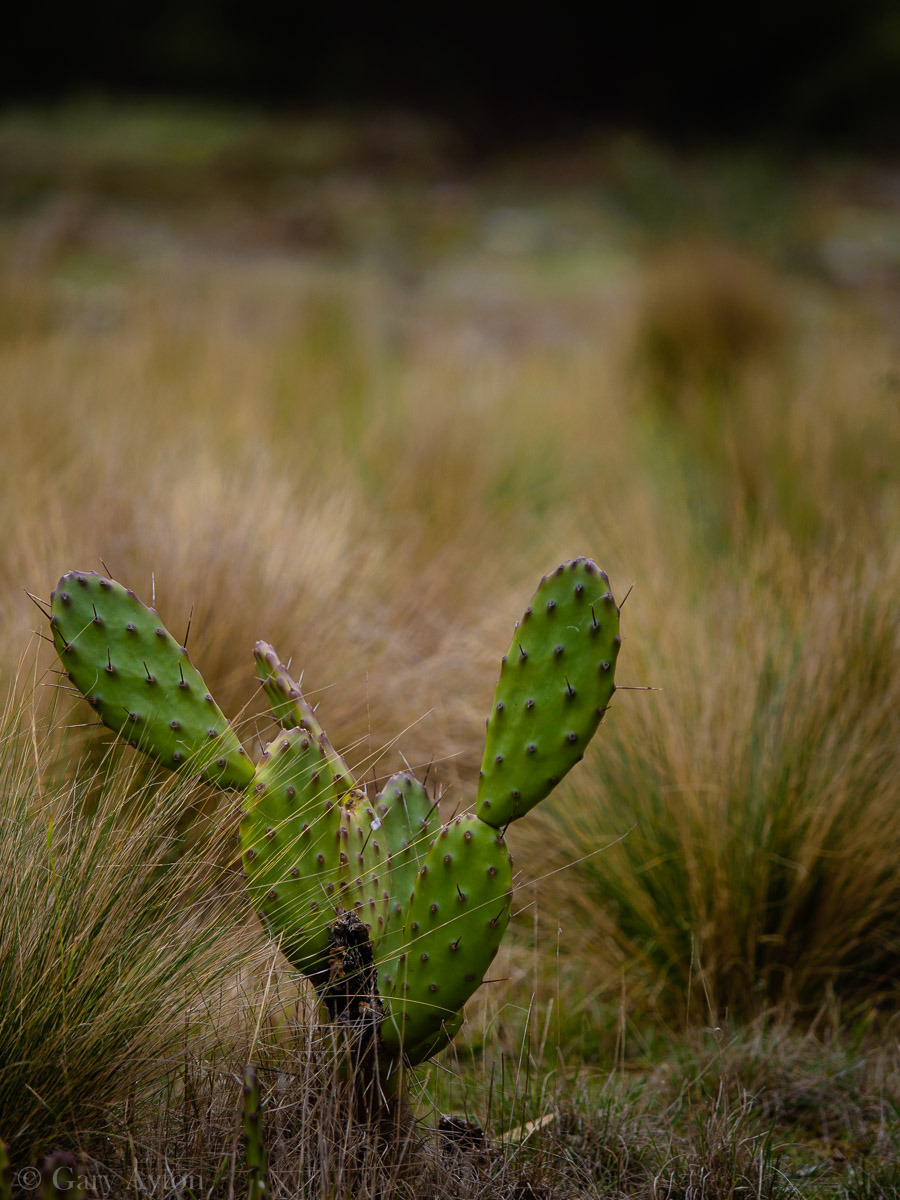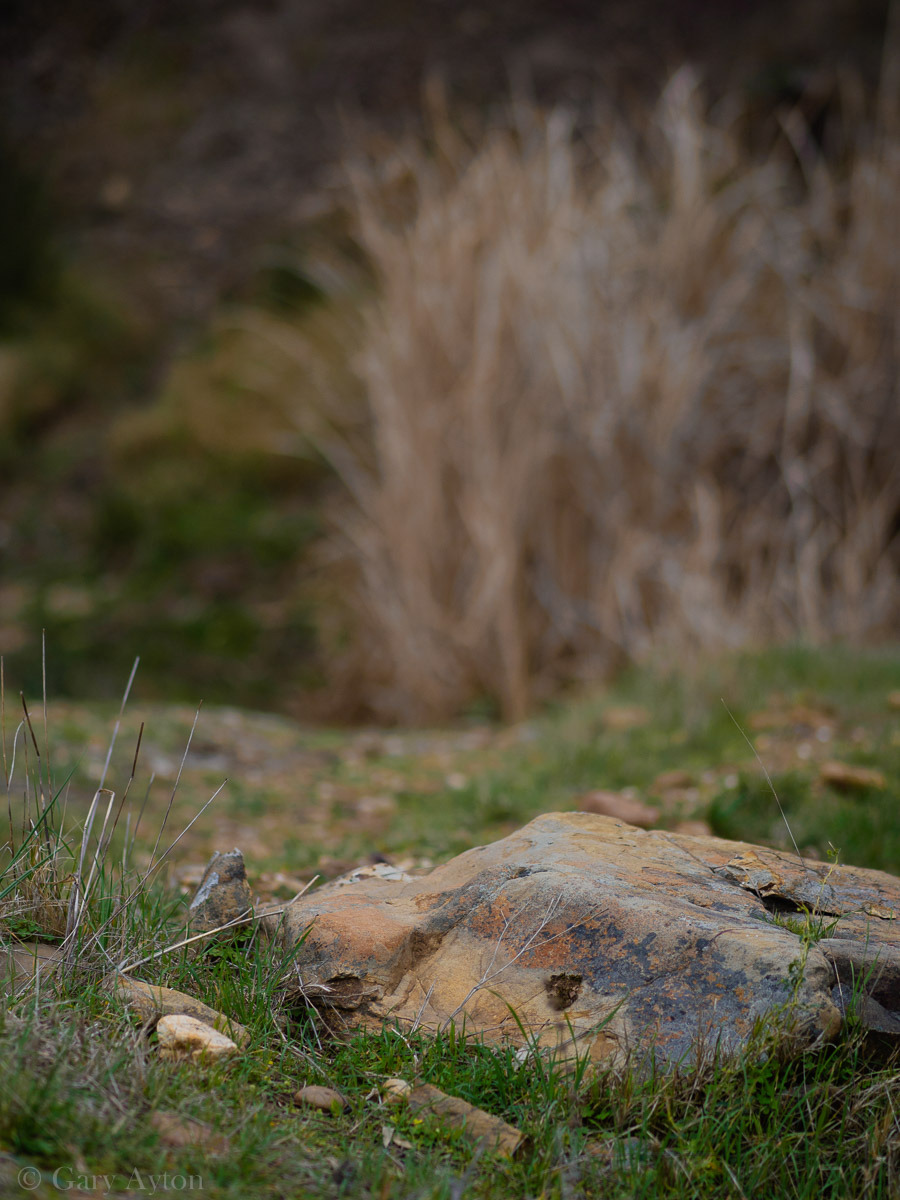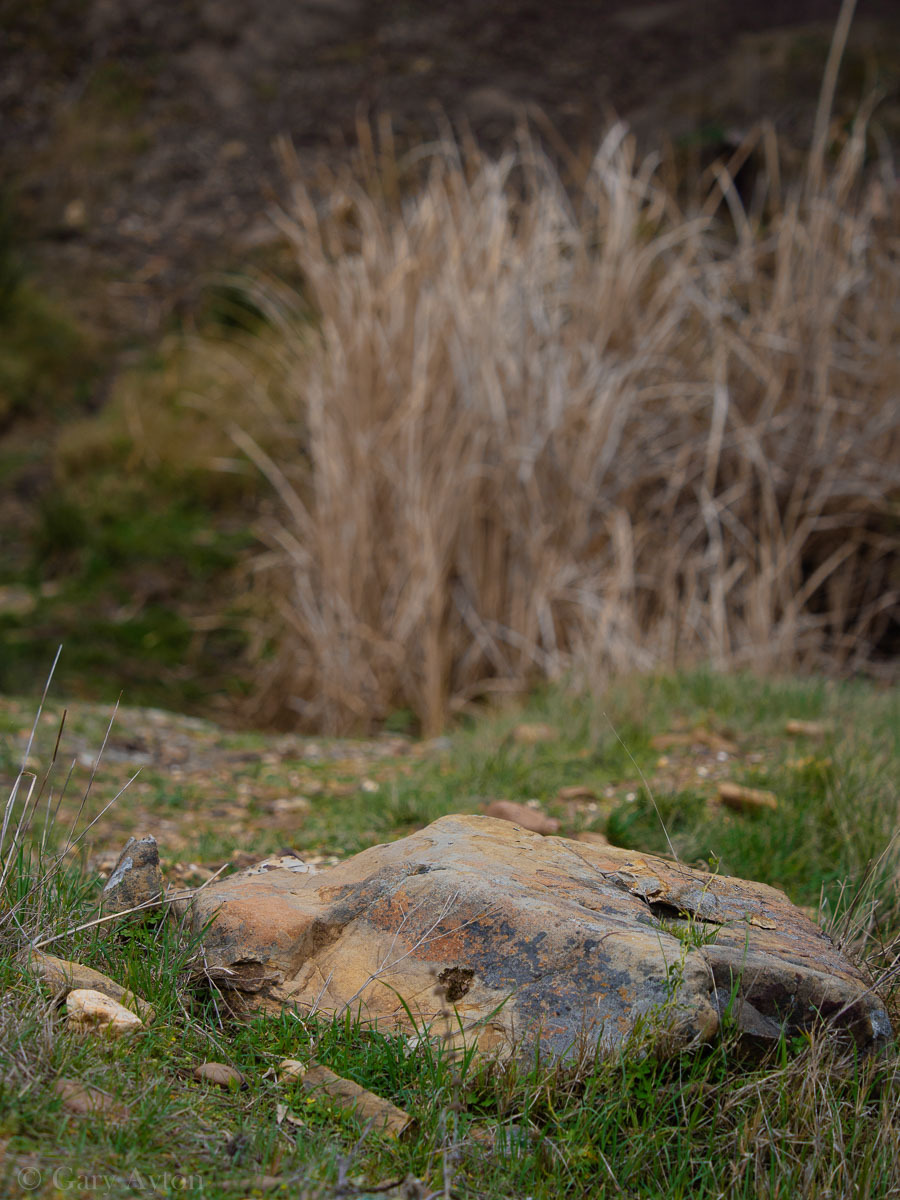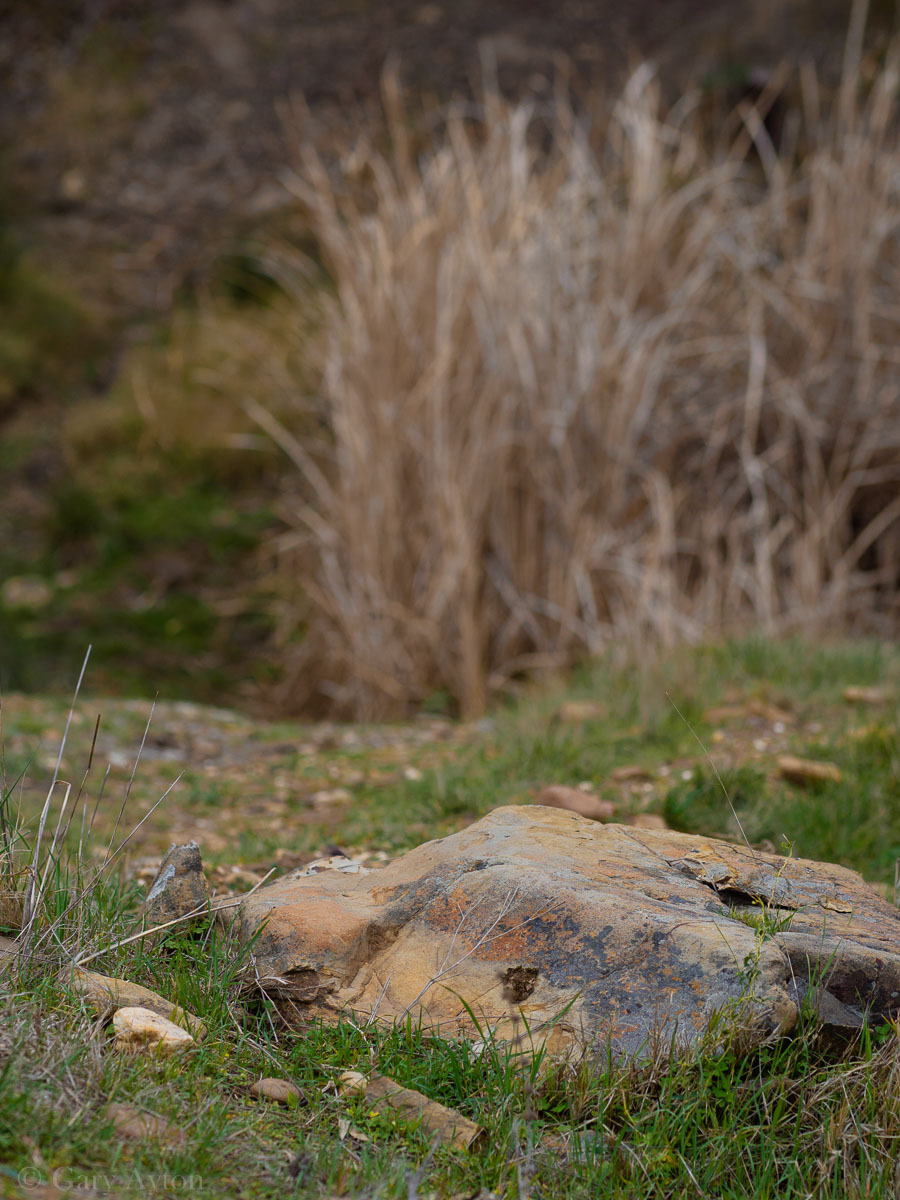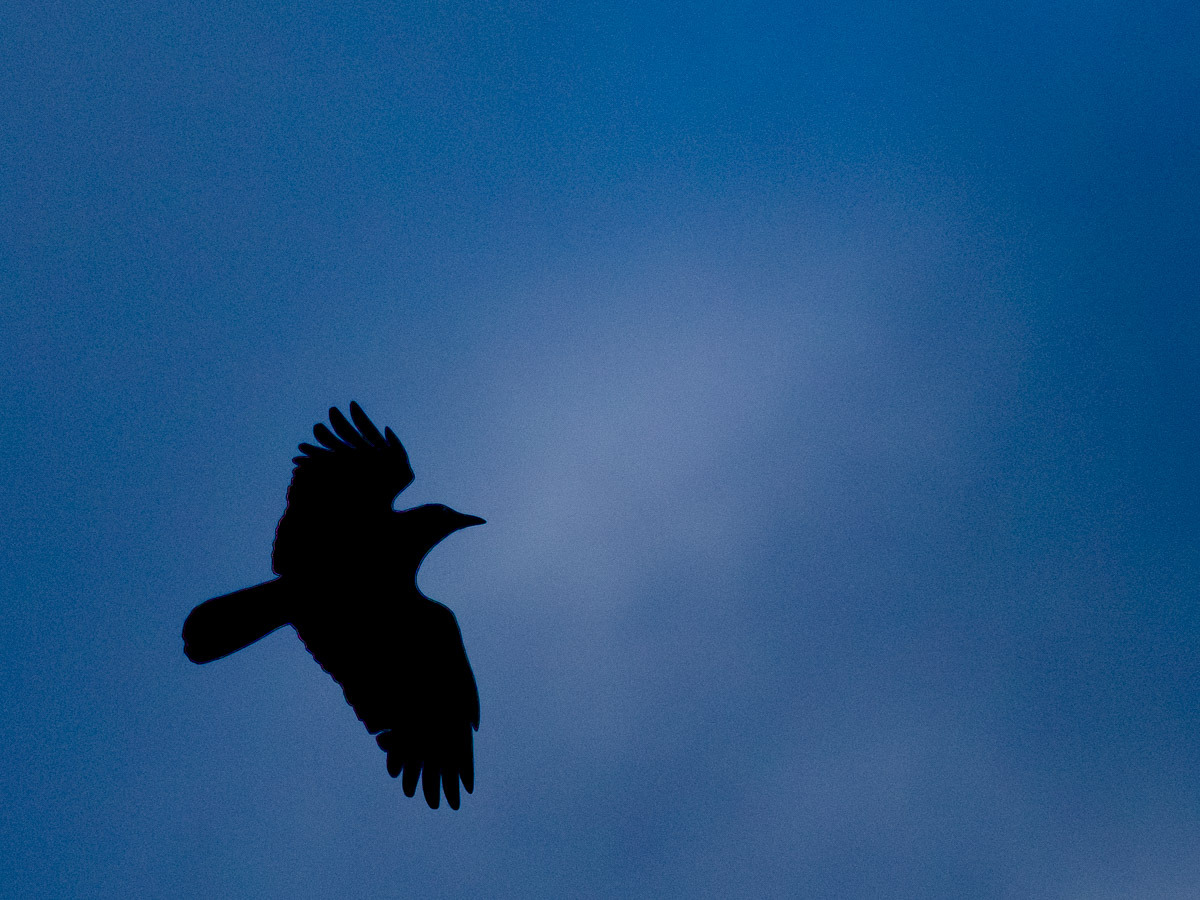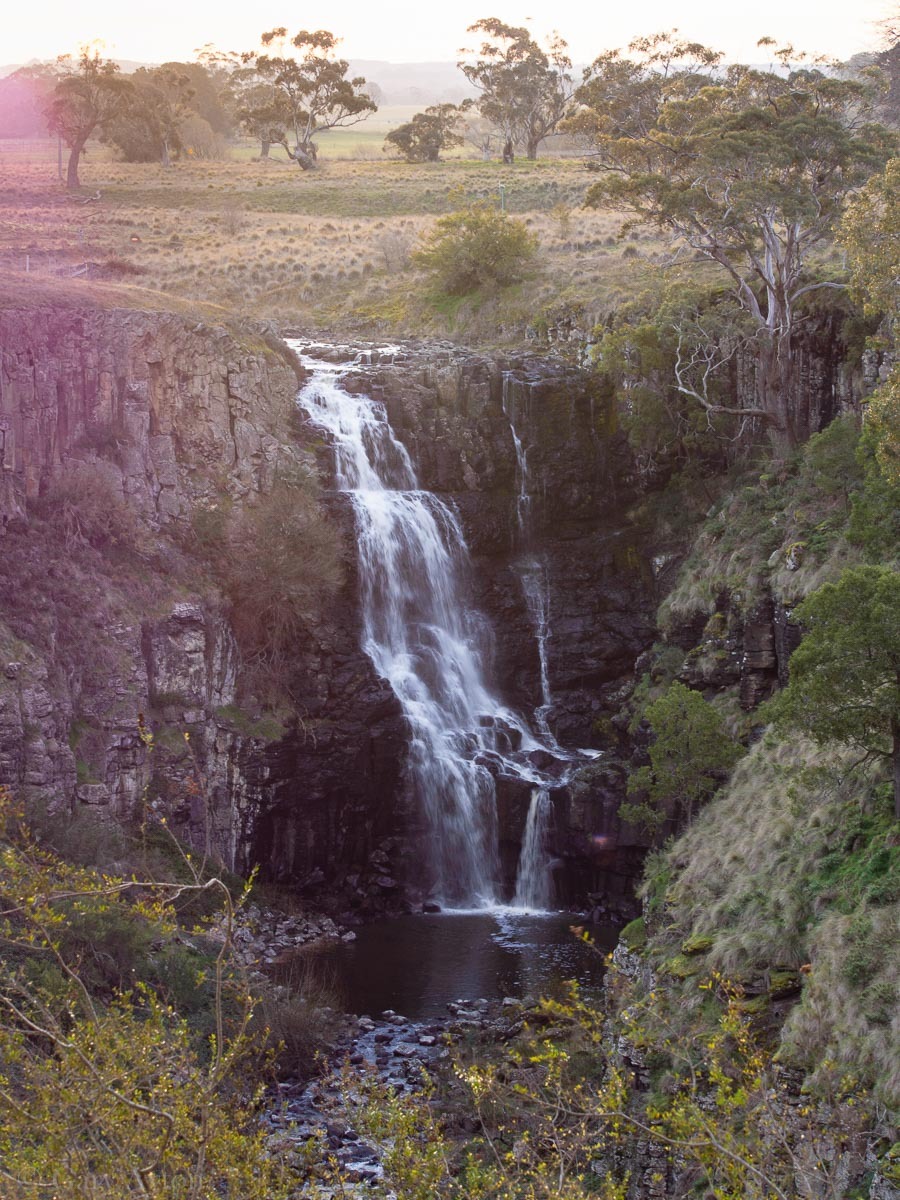I finally indulged myself and added the Olympus mZD 40-150mm f/2.8 PRO lens + MC14 1.4x teleconverter adapter to my Micro Four Thirds travel kit.
I have already blogged about the specs and comparisons with other lenses on my earlier post here.
Why would I buy this?
when I already have the awesome Olympus mZD 75mm f/1.8 lens and the Olympus ZD 50-200mm f/2.8-3.5 SWD Four Thirds lens?
- Olympus Australia are kind enough to be selling this kit at a very low price given the $Australian has plummeted some 30% over the past year – you can still get the lens + MC14 for $A1648 whereas on amazon.com, the kit sells in USA for $US1819 which at the current exchange rate would put it at $A2600!
- It is an extremely versatile lens covering 80-300mm field of view in full frame terms with a constant f/2.8 wide aperture for fast AF and better low light shooting in a wonderfully compact well built weathersealed body and very close focus to boot!
- The MC14 extends reach to 210mm at f/4 which equates to an easily hand-holdable 420mm sports/wildlife lens.
- It is a great match for the Olympus mZD 12-40mm f/2.8 PRO and the Olympus mZD 7-14mm f/2.8 PRO lenses making up the “holy trinity” of zoom lenses providing weathersealed image stabilised coverage from 14mm to 420mm.
- I have loved the Olympus ZD 50-200mm f/2.8-3.5 SWD Four Thirds lens as a lens to have beside me in the car as I drive through the country side and stop for interesting distant scenery, and this lens will do a similar job but with much faster AF especially on my E-M5 camera
Comparison with full frame 70-200mm f/2.8 lenses
Yes, this lens is also f/2.8 and covers a wider focal length range at half the price and half the weight, but please do not think this lens will give anywhere near the same imagery as a f/2.8 full frame lens when it comes to subject isolation and shallow depth of field, it will NOT!
If you want this degree of shallow depth of field on a 2x cropped sensor as is the case with Micro Four Thirds, then you are best to use the wide aperture prime lenses such as the Panasonic 42.5mm f/1.2 and the Olympus mZD 75mm f/1.8 lens.
This lens will give lovely out of focus backgrounds to your portraits when used at 150mm f/2.8 (equates to a 300mm f/5.6 on full frame in this regard and although the focal length is very long for portraits, you do get a nice compressed, minimally distracting background).
At shorter focal lengths, the effective full frame aperture is f/5.6 and as such the lens will not be able to give the same out of focus blur as with a f/2.8 full frame or a Olympus mZD 75mm f/1.8 lens.
Some reviewers have commented the bokeh can be quite busy with this lens when shooting a busy background but in my tests below, it is not much different to shooting the Olympus mZD 75mm f/1.8 lens at f/2.8.
See table of comparisons of telephoto zoom lenses.
Now for some of my real world tests over the past month:
I had it with me when I decided to check out the Hermitage art exhibition at Melbourne’s National Gallery Victoria (NGV) and decided to see how such a lens would fair hand held without a flash taking shots of a few of the art works. I had no trouble getting sharp, beautiful images of the paintings (although it is not the lens I would choose for this), however I won’t bore you with these images – just take my word for it – they came out extremely well thanks to the OM-D camera’s image stabilisation system.
Bokeh tests:
What I really wanted to discover is how well it rendered the background, so here are a few comparison images:
Winter wattle in bloom – 150mm f/2.8 – this wattle is about 2m tall and I was some 3m away so this would give you an idea of the beautifully crisp, imagery with wonderful micro-contrast that one could expect for a portrait as well, but the busy sun dappled background is starting to look a touch busy but very acceptable.
Prickly pear at 150mm f/2.8 to show that even a fairly busy background full of grass blades can render very nicely indeed.
But how does it compare with the Olympus mZD 75mm f/1.8 lens when shot at 75mm f/2.8 and a busy background?
First, the Olympus mZD 75mm f/1.8 lens at f/1.8:
Now the 40-150mm lens at 75mm f/2.8 – yep, the background is much busier and more distracting
BUT, it looks almost the same as the Olympus mZD 75mm f/1.8 lens at f/2.8:
Next, how does it do with birds in flight with the MC14?
Disclaimer – I do not shoot birds in flight usually, but in my first go at a blackbird some 100m away, it got 3 out of 4 frames in focus but you do need to have your settings optimised – here is a substantially cropped version:
Now, a test of its lens flare capabilities:
Here is a shot almost directly into the setting sun and in this extreme test, it does show a large area of magenta flare below the sun – hand held long exposure waterfall shot:
Well, what do I think?
I think it is a fantastic lens as long as one is aware it has limitations and it is not going to replace a full frame 70-200mm f/2.8 for shallow depth of field work!
When mated to the Olympus OM-D cameras, they really value add to it with their superb image stabilisation, fast, accurate AF and their amazing ability to accurately autofocus on your subject’s closest eye almost anywhere in the frame – this is just not possible with dSLR cameras.
This lens is great for a multitude of uses – distant landscapes or scenery (perhaps the biggest lens I would like to carry on a bushwalk, and great for driving along the backroads and shooting interesting farm buildings, etc without entering private property), portraits (especially when used at 150mm f/2.8 if you can stand far enough away), sports, wildlife and nature photography.
Why not buy a Canon or Nikon dSLR and telephoto zoom instead?
Sure you can buy a Canon 70D dSLR for a similar price as a E-M1 or E-M5 II, and you could get even further telephoto reach if you mate it with the excellent Canon EF 100-400mm f/4.5-5.6L IS USM lens BUT:
- the Canon lens is almost twice the price and twice the weight at 1.6kg – far too heavy for my longer bushwalks and far too intimidating for many situations
- the 70D is not well matched to such a heavy lens and will not AF on a subject’s eye
- the f/4.5-5.6 aperture means you need to bump up the ISO by 2 stops resulting in less image quality in low light – you could buy a full frame dSLR such as a Nikon D810E or Canon 5D Mark III and get better image quality in terms of megapixels, and similar noise at the higher ISO needed, but then you have an even bigger and much more expensive camera to carry, and you lose the telephoto reach advantage of the cropped sensor camera.
- shooting movies on the 70D without a tripod is much more problematic as you can’t look through the viewfinder to steady the camera
- you don’t get all the lovely EVF functions to assist manual focus and exposure such as live magnified view, focus peaking, live histograms, live shadow-highlight warnings, etc.
- the 70D viewfinder is no match for the latest EVF’s.
Let’s do a comparison of pro quality weathersealed image stabilised 3 zoom lenses + fisheye in terms of weight and cost:
| Olympus OM-D E-M1 + 3 x f/2.8 zooms |
Canon 70D | Canon 5D MIII + no f/2.8 zooms |
Nikon D810 + 2 x f/2.8 zooms |
|
| camera | $A1169, 0.5kg |
$A1229, 0.76kg | $A3299, 0.95kg | $A3349, 0.9kg |
| fisheye lens | Oly 8mm f/1.8 $A1265, 0.32kg | ?? – Canon do not make one for APS-C cameras | Canon EF 8-15mm f/4L $A1618 0.54kg unique zoom fisheye but f/4, no IS | Nikon AF 16mm f/2.8D $A1177, 0.29kg BUT NOT weathersealed and no IS |
| 14-28mm lens | Oly 7-14mm f/2.8 $A1499, 0.53kg | Canon EF-S 10-22mm f/3.5-4.5 $A766 0.64kg BUT NOT weathersealed and only 16-35mm fov | Canon EF 16-35mm f/4L IS $A1599 0.62kg only 16-35mm fov, (alternatively, Canon EF 11-24mm f/4L $A3897 wider fov but no IS) | Nikon AF-S 14-24mm f/2.8G $A2797, 0.97kg |
| 24-70mm lens | Oly 12-40mm f/2.8 $A859, 0.38kg | Canon EF-S 17-55mm f/2.8 IS $A1069, 0.65kg but NOT weathersealed | Canon EF 24-105mm f/4L IS $A1499, 0.67kg (or Canon EF 24-70mm f/2.8 $A2372, 0.8kg but no IS) | Nikon AF-S 24-70mm f/2.8 VR $A2998, 1.07kg |
| comparable pro telephoto lens reach | Oly 40-150mm f/2.8 +MC14 $A1699, 1.05kg | Canon EF 100-400mm f/4.5-6.3L $A2600, 1.6kg | Canon EF 100-400mm f/4.5-6.3L IS $A2600 1.6kg | Nikon AF-S 80-400mm f/4.5-5.6G ED VR $A3443 1.59kg but flimsy tripod mount |
| total cost | $A6491 | $A5664 but no fisheye lens, and wide angle and std zooms not weathersealed | $10,615 but ultrawide only to 16mm | $A13,764 but this includes the best image quality camera and the best wide angle and standard zooms, both at f/2.8 |
| total weight | 2.78kg | 3.65kg but no fisheye | 4.38kg but std IS zoom is f/4 not f/2.8 | 4.82kg but great f/2.8 lenses |
| comments | fast CDAF with eye detection AF; EVF functions; ultra-wide and fisheye have IS; faster more accurate AF; |
1 stop more shallow DOF for std zoom lens only; no coverage of short telephoto range but get more reach although camera is ergonomically too small for this telephoto lens | v.good image quality; 1 stop more shallow DOF as these are f/4 lenses | best image quality; 2 stops more shallow DOF if using the f/2.8 lenses |
The weight differences get even greater when you start adding in a 2nd body, a macro lens and prime lenses not to mention a 600mm field of view super telephoto lens.
With the Micro Four Thirds solution, you can even add a second body and a 75mm f/1.8 prime and an iPad and still be under 5kg for air travel cabin luggage!
If you need more telephoto reach:
There are 2 forthcoming lenses for Micro Four Thirds which should whet your appetite:
- Olympus mZD 300mm f/4 – yes that is 600mm hand holdable super telephoto!
- Panasonic Leica DG 100-400mm f/4-6.3 – yes that is 800mm hand holdable super telephoto!

